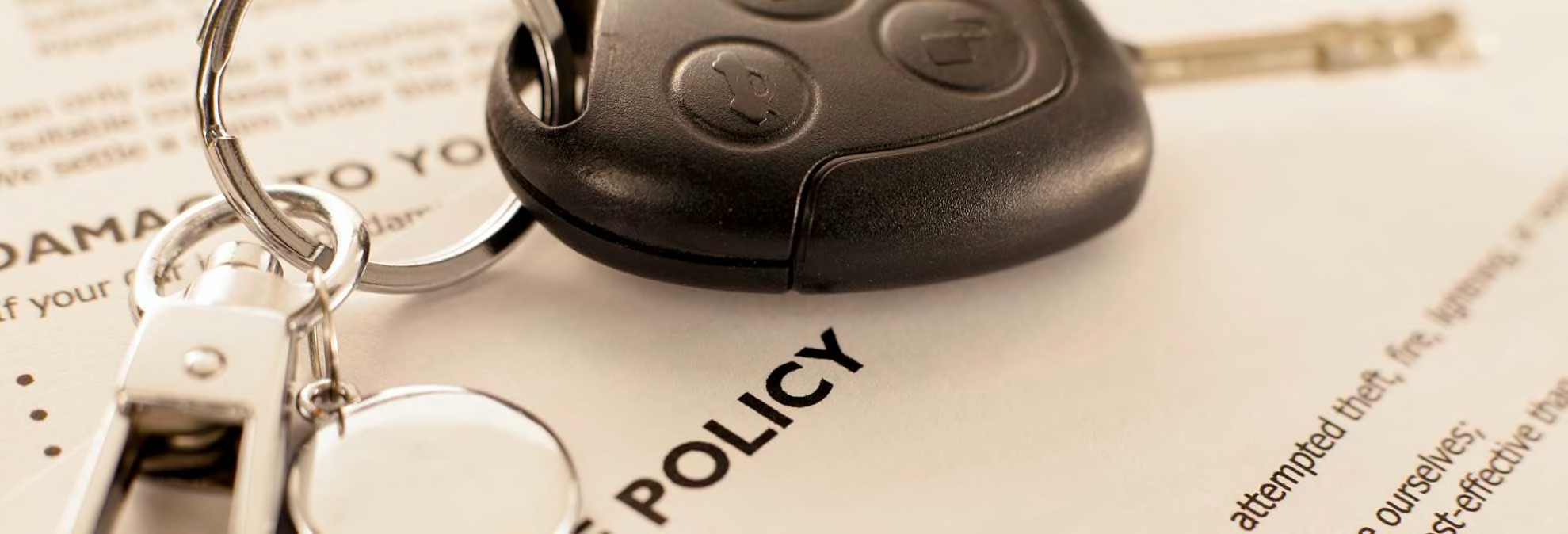Insurance isn’t the most exciting facet of car ownership, but it’s one of the most important. Your policy is designed to protect you from financial calamity in the event of a collision or related injury, and insurance coverage is required by most states if you want to register a car. Consumer Reports recommends shopping around for the best policy, not only when you buy a car but also every few years, to make sure you’re always getting the best deal possible.
Through a survey of more than 40,000 members, CR has identified the insurance companies that offer the best service with the most competitive monthly premiums. To get the best car insurance rates, it helps to understand what attributes insurers consider when they formulate your monthly premiums. They include the following factors.
Driver profile: Age, driving experience, and driver history—for example, if you’ve had crashes or traffic violations—can all influence the cost of your premium because the insurer may put you in a higher risk category. The addition of a teen driver can also raise the cost of your policy.
Car type: In general, the more expensive the car, the higher the premium because expensive cars cost more to repair and replace. High-performance cars also cost more to insure because of the increased risk associated with owning a faster car.
Credit history: According to Experian, a credit reporting agency, most states allow insurers to factor a customer’s credit score into their rates. Insurers maintain that credit history is a good predictor of the risk that they’ll have to shell out for insurance claims. California, Hawaii, Maryland, Massachusetts, Michigan, Oregon, and Utah restrict or prohibit the practice. In other states, improving your credit score can help you get a better rate.
External conditions: Local weather patterns, traffic conditions, and other factors that increase the likelihood of claims result in higher rates. For example, if damaging storms in your area have generated lots of car-insurance claims in the past, such as major hurricanes and flooding, your company may apply to your state’s insurance regulator for an across-the-board rate increase to reflect its increased exposure to that risk. Customers in areas with higher rates of collisions are also likely to pay more.

















